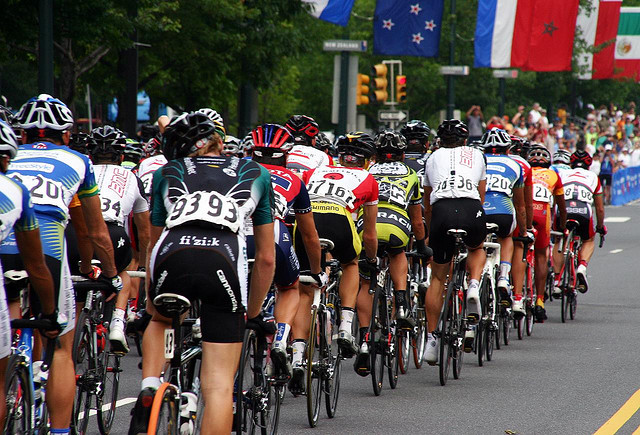Guest Blog by @CarolineFinch
Cross Fertilising ‘Injury Prevention’ journal (IP) and BJSM
Compared to many other health issues, it seems that it is not hard to get media stories about sports injury into our daily newspapers. What seems to be hard, is the coupling of such stories with positive injury prevention messages.

An interesting paper in the February 2012 18(1) issue of Injury Prevention reports an analysis of US new stories and their use of the phrase “freak accident” in the reporting of injury events. The Editor’s Choice paper by Smith et al identified 250 human injury stories over a 5-year period that used this phrase. The vast majority of stories (61%) related to injuries sustained by professional athletes and these mainly focussed on the nature or impact/outcome of the injury. Only 9% of the professional athlete injury news stories contained any clear prevention content.
This study is consistent with the findings from an Honours student project I supervised in 2009 (Sarah Hester, University of Ballarat). We undertook a daily hand check of three Victorian (Australian) newspapers and identified 3215 media stories mentioning injury or injury-death and recorded the context in which those injuries occurred. We also found the majority of stories to relate to injuries in sport (64% of the total) and hardly any of these mentioned injury prevention at all (<1%) (unpublished data).
There is ample anecdotal evidence that many people believe sports injuries to be an inevitable consequence of participation in sport. It is not surprising that this view is common if the popular media fails to mention prevention, either directly or indirectly, in their stories. The term “freak accident” just reinforces any belief that injuries in sport cannot be prevented and further implies that they are the result of just bad luck. Public health orientated injury experts have long argued against the use of the term “accidents” because of the connotations of this word, and its use has been banned in BMJ journals since 2001. Readers of the British Journal of Sports Medicine (BJSM) also well know that sports injuries in result from a combination of factors, and are certainly not freak events with no aspect of predictability or preventability.
Perhaps it is time for sports injury prevention researchers and sports medicine practitioners to actively work towards also have the word “accident” banned from all popular media coverage of sports injuries in both professional and recreational athletes.
As long as major attitudinal barriers to sports injury prevention such as “there is nothing I can do to reduce my risk of injury in sport” and “of course everyone who plays sports get injured” prevail, all of our broad-based population efforts to implement injury prevention programs will largely fail. Rather than just talking about the impact of injuries in terms of a need for ongoing medical treatment and time away from sport, we should also be routinely providing journalists and the media with simple messages about how the same sorts of injuries could be prevented in the future. What a better situation it would be for a future media analysis to find a strong reporting theme relating to guaranteeing lifelong participation in sport precisely because injury prevention is inevitable.
Success stories:
The AMSSM Annual Meeting (April 21, 2012) opens with a keynote session on Injury Prevention. It includes international sports injury prevention stars including Roald Bahr (Norway), Per Holmich (Denmark), Mark Saffron (US) and Martin Schwellnus (SA)
BJSM publishes 4 Sports Injury Prevention Themed issues annually. These are called the ‘IPHP’ issue of BJSM – Injury Prevention and Health Protection. You can find the archive of IPHP issues here
*********************************************************
Caroline Finch is an injury prevention researcher from the Australian Centre for Research into Injury in Sport and its Prevention (ACRISP) within the Monash Injury Research Centre, Monash University, Australia. She specialises in implementation and dissemination science applications for sports injury prevention. She is the Senior Associate Editor for Implementation & Dissemination for the British Journal of Sports Medicine and a member of the Editorial Board of Injury Prevention; both journals are published by the BMJ Group. Caroline can be followed on Twitter @CarolineFinch